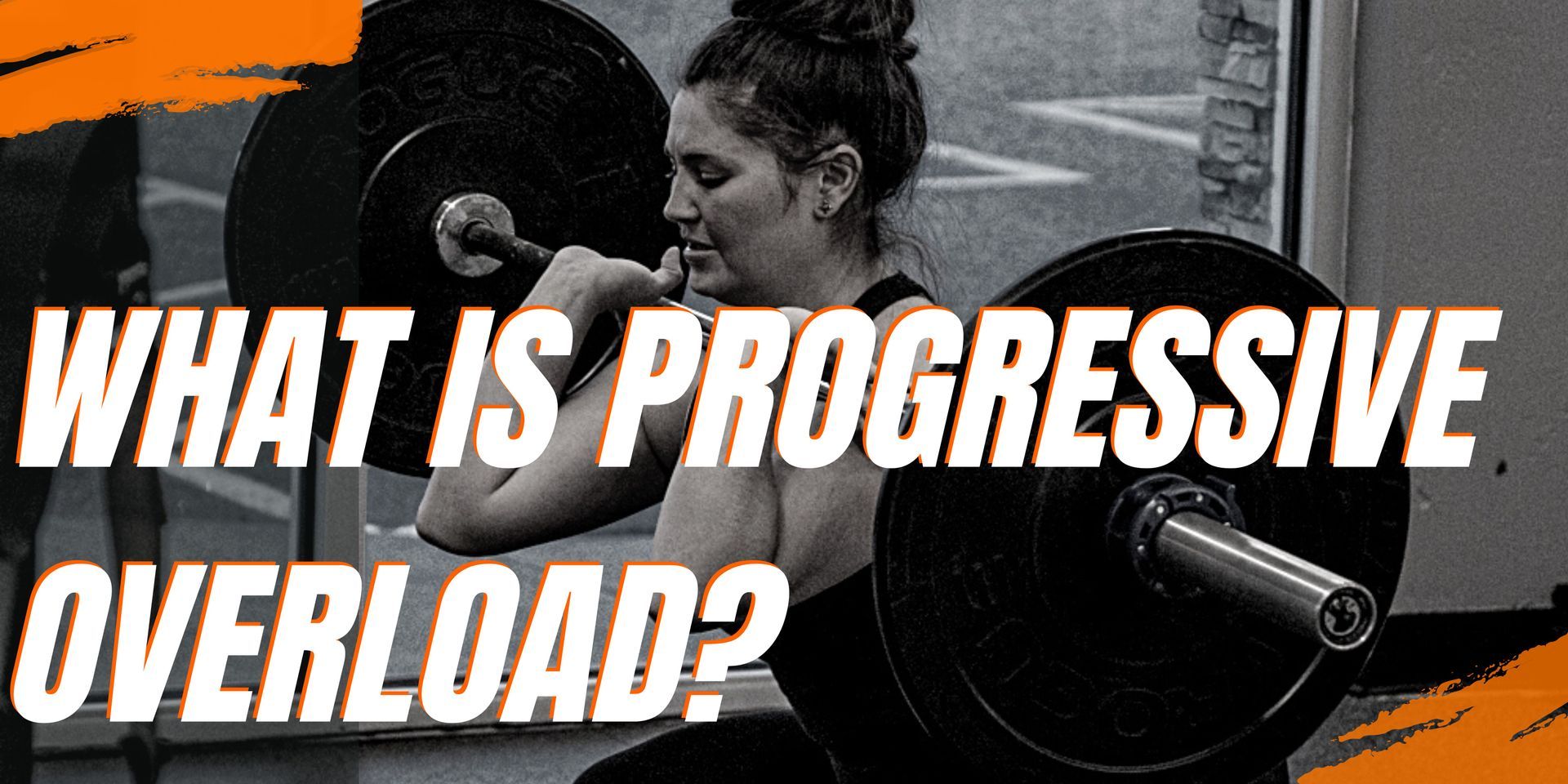What Is Progressive Overload?

Progressive overload is a principle in exercise science that states that to continue progressing in strength and muscle development, the body must be continually challenged with increasing levels of resistance or weight.
As the body adapts to a certain weight or resistance level, more weight or resistance must be added to continue progressing.
Progressive overload can be achieved by increasing the weight or resistance used in an exercise, increasing the number of reps or sets, or decreasing the rest time between sets. This principle is critical for strength training and muscle building, as the body will quickly adapt to a stagnant routine, leading to a plateau in progress.
Here are a few examples of how progressive overload can be applied, plus the benefits and risks.
How to Utilize Progressive Overload
- Increasing weight: If you are currently lifting 10 lbs. for a specific exercise, increase the weight to 15 lbs. the next time you perform the exercise. Once 15 becomes easy, add five more pounds.
- Increasing reps: If you are currently doing eight reps of an exercise, you will increase the number of reps to 10 the next time you perform the exercise.
- Increasing sets: If you are currently doing two sets of an exercise, increase the number of sets to 3 the next time you perform the exercise.
- Decreasing rest time: If you are currently taking 2 minutes of rest between sets, you will reduce the rest time to 1 minute the next time you perform the exercise.
- Complex exercises: Adding more complex exercises that work on multiple muscle groups can be applied as progressive overload.
- Increasing the frequency: If you're currently training a muscle group once a week, you will increase the frequency to twice a week or more.

Benefits of Progressive Overload
- Increased muscle strength and size: Progressive overload allows the muscles to adapt and grow stronger by pushing them to their limits.
- Improved cardiovascular fitness: By gradually increasing the intensity of your workout, your cardiovascular system will also adapt and improve.
- Increased bone density: The increased stress on the bones from progressive overload can lead to increased bone density and a reduced risk of osteoporosis.
- Improved athletic performance: Progressive overload can help improve overall athletic performance by increasing muscle strength and power.
- Increased motivation: Progressive overload can help keep workouts interesting and challenging, leading to increased motivation to stick with an exercise program.
- Better muscle definition: As muscle strength and size increase, muscle definition will also improve.
- Increased fat loss: Progressive overload can increase muscle mass, leading to a higher metabolism and increased fat loss.
- Increased ability to lift heavier weights: As the body adapts to the increased stress, it will be able to lift heavier weights over time.

Risks of Progressive Overload
- Risk of injury: Progressive overload requires pushing the body to its limits, which increases the risk of injury if proper form and technique are not used.
- Overtraining: If a progressive overload is applied too quickly or excessively, it can lead to overtraining, which can cause fatigue, muscle soreness, and decreased performance.
- Plateauing: Even with progressive overload, the body may reach a point where progress slows or stops altogether.
- Burnout: If someone pushes themselves too hard and fast, it can lead to physical and mental burnout.
- Lack of flexibility: Progressive overload can be so focused on strength and muscle building that it neglects flexibility and mobility, leading to an imbalance in the body.
Progressive overload is an effective way to continue progressing in strength and muscle development.
It's important to note that progressive overload should be applied gradually, as the body needs time to adapt to the increased stress. In addition, it should be done with caution or under the guidance of a qualified professional to avoid potential negative impacts on the body.
